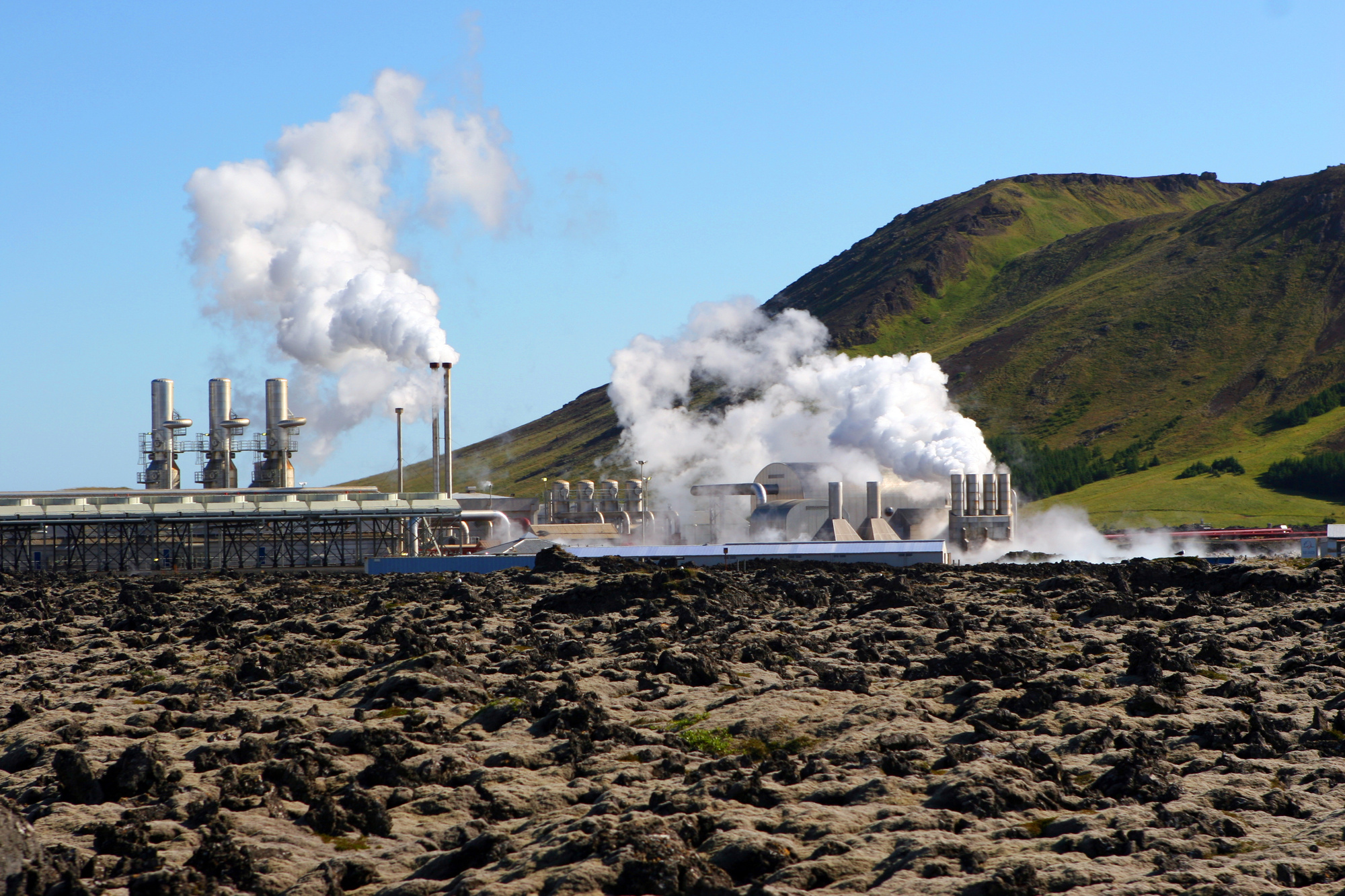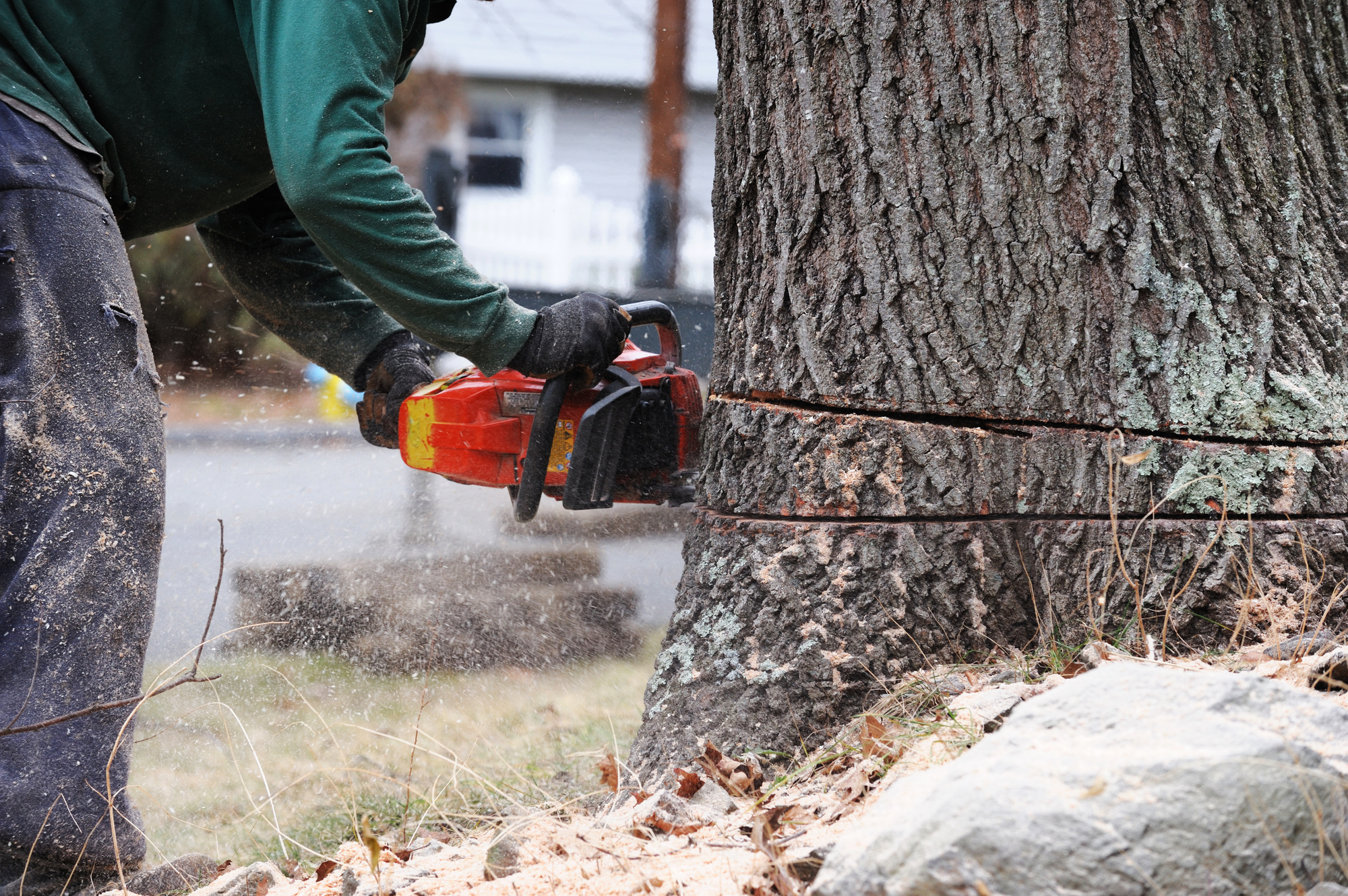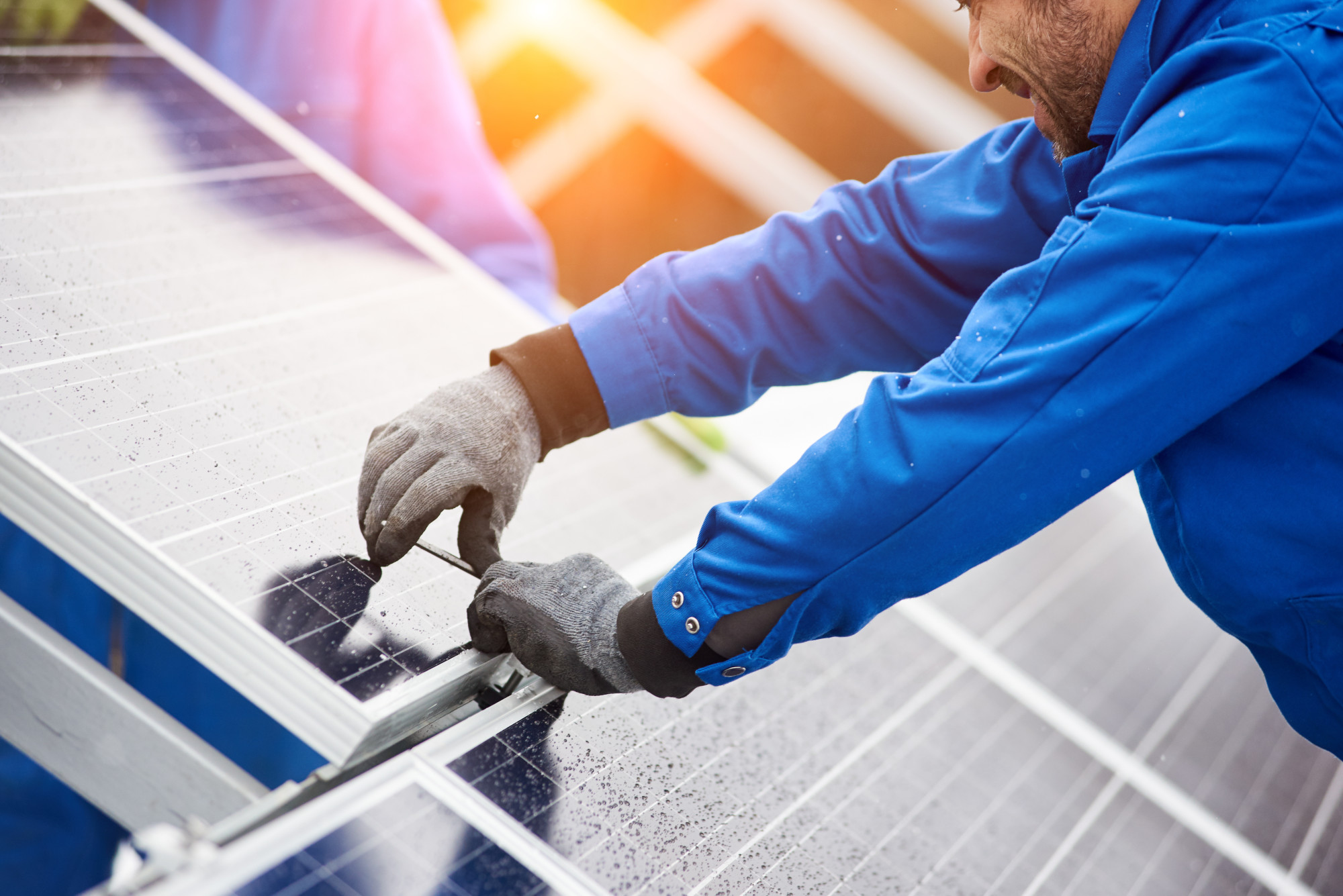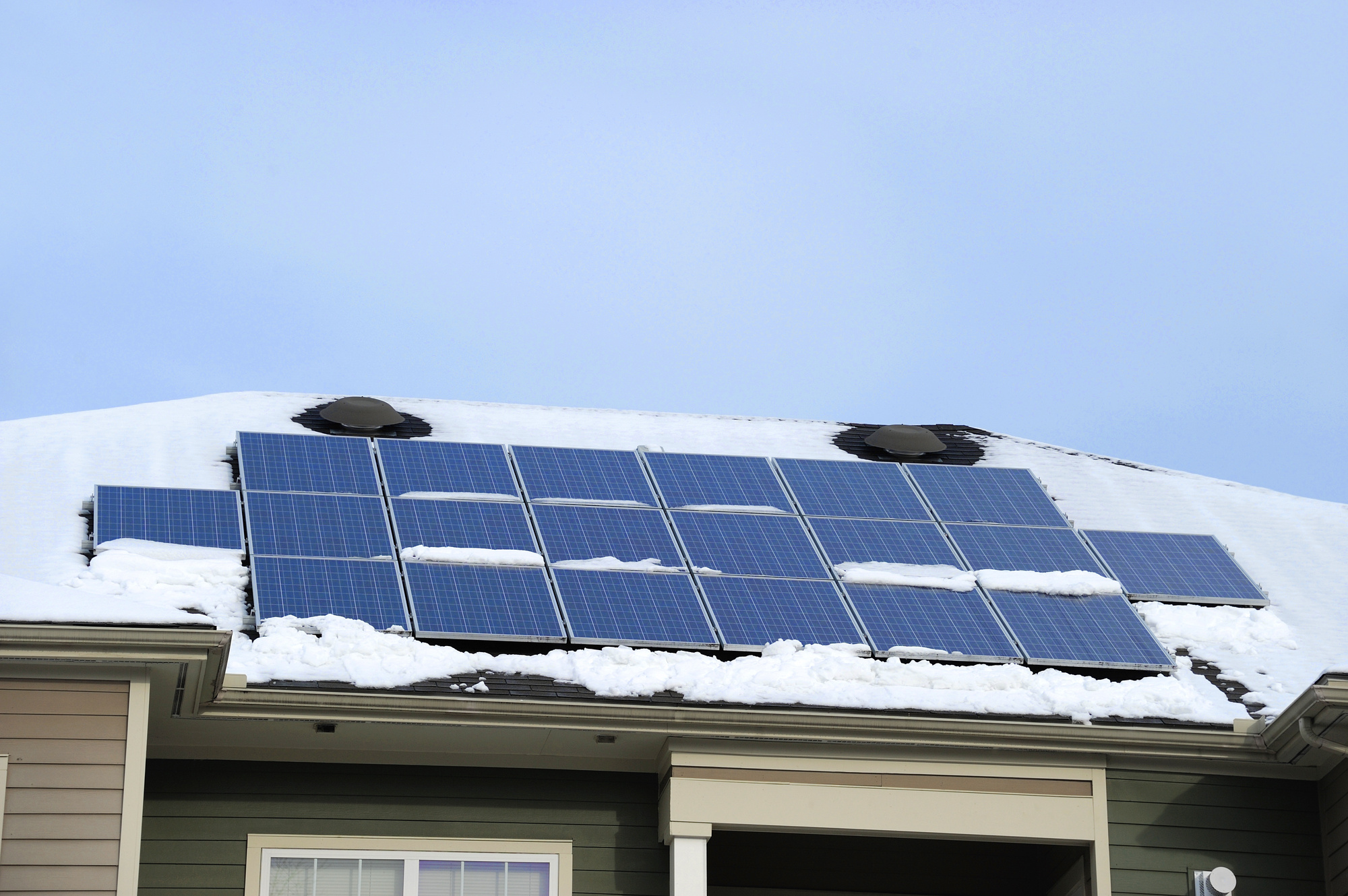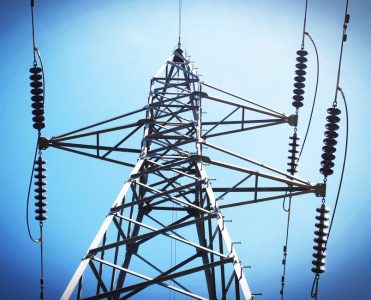Temperatures inside the Earth’s core can get up to 13,000 degrees Fahrenheit. Although most of the heat inside the Earth is trapped inside, some of it reaches the surface where we can use it to fulfill some of our energy needs.
This type of energy is called geothermal energy and is an important source of renewable energy. Keep reading to learn how it works and discover some useful facts about it.
What Is Geothermal Energy?
Because the Earth’s core and mantle are so hot and have such high pressures, the rock within them can melt and move around like a liquid. This melted rock moves upward toward the Earth’s surface because it is less dense than the surrounding rock.
They bring the heat closer to the surface, where it is transferred to underground water systems. This heated water rises to the surface as hot springs and sometimes evaporates into water vapor.
We can then collect this heated water or water vapor to generate electricity to power our homes and businesses. The most common sources of geothermal energy are hot springs and geysers.
Because they need to reach the surface from deep within the Earth, these features are commonly along fault lines and the edges of tectonic plates. This can make it difficult to harvest geothermal energy because volcanoes also occur in these areas.
Since tectonic plates are constantly moving and shifting, these sources of energy may change slowly over time. They are, however, reliable in general.
Although limited by how much the Earth releases, geothermal energy is a clean and renewable alternative to fossil fuels as a source of energy.
7 Interesting Facts About Geothermal
Geothermal energy has become an important part of the switch to renewable energy. From ancient history to modern times, here are seven facts about geothermal energy.
Early Roots
People used geothermal energy as early as the paleolithic era for bathing. The first man-made spa using a hot spring was built in China in the 3rd century BCE.
Etymology
The term geothermal comes from the Greek geo meaning Earth and thermos meaning heat. The prefix geo is also the root of words like geology, geography, and geometry.
Central Heat
The first centralized heating system in the United States used geothermal energy. It was in Boise, Idaho, in 1892.
Capping Carbon
A group of people called the Climate Leadership Council are trying to make carbon dividends economically and politically viable. This would provide money for companies that use renewable forms of energy like geothermal.
Economy
The geothermal energy industry provides jobs for roughly 100,000 people around the world. It was valued at about 34 billion dollars in 2016.
Big Heat
The largest source of geothermal energy is a hot spring in New Zealand that is roughly nine acres. Called Inferno Crater Lake, it is the result of a 19th-century volcanic eruption.
Fire and Ice
Because of its location near fault lines, Iceland has many hot springs and volcanoes. With all this geothermal energy readily available, they use it to power 87% of their homes.
Next Steps
Now that you know what geothermal energy is and some interesting facts about it, please do some more research about how it compares to other energy sources.
Please check out some of our other great content from green living and tips for going green to green business and energy if you enjoyed this article.

